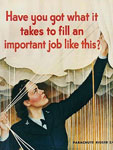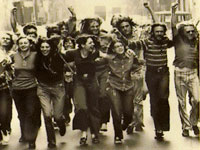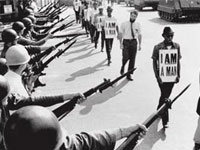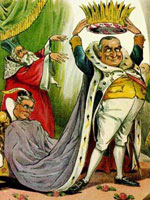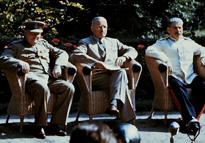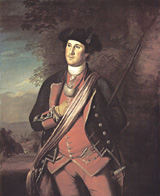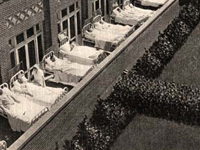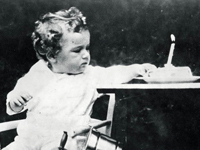Japanese-American Internment Camps During World War II
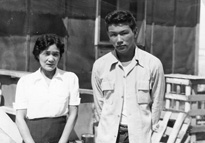
This online exhibit captures daily life in two World War II Japanese Internment camps in America from 1942 to 1946 through 38 photographic images from the camps. The Tule Lake camp in northern California was one of the most infamous camps in which prisoners frequently conducted strikes and demonstrations to demand their release. The 28 photographs in the Tule Lake section, drawn from the Special Collections Department of the University of Utah's J. Willard Marriott Library, are grouped into four themes: Living, Labor, Education, and Buildings. They document the arrival, work, schools, homes, and businesses of the more than 18,000 Tule Lake residents. The ten camp photographs from Topaz, Utah, donated by George G. Murakami, an American from Berkeley, California, who was interned at Topaz, are a more personal account of internment. These images include 1944 and 1945 graduation announcements from the Topaz Camp High School as well as photographs of Murakami's friends and the school football team. Also included is an image of a 1990 letter from President George Bush to former internees. This site is somewhat limited in selection and scope and does not include captions or descriptive notes for the selected photographs; but for those researching the lives of Japanese Americans during World War II, this site offers a compelling glimpse into their everyday lives.
